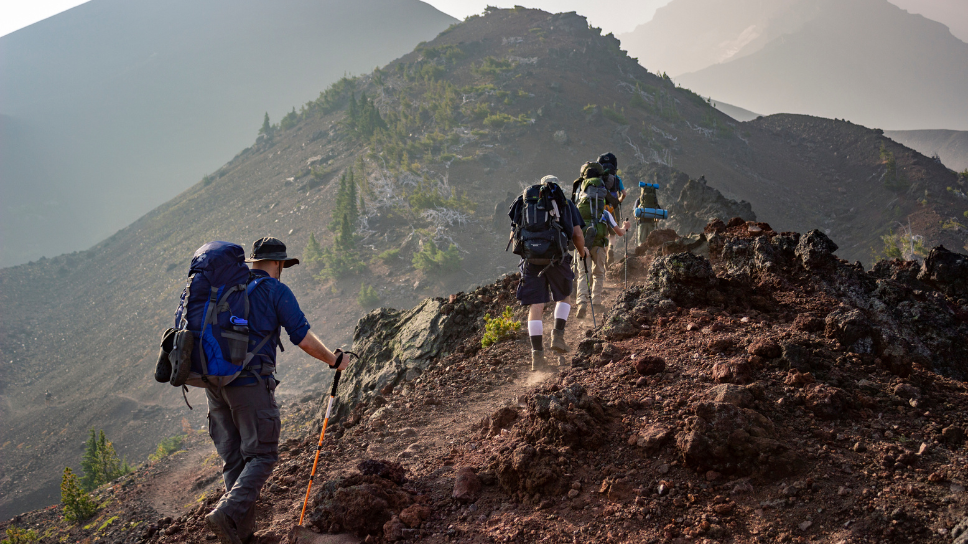
Whether you're an avid trekker or a casual walker, Tunisia invites you to explore a wide range of scenic hiking trails that uncover the country’s raw, untouched beauty.
The Dorsale range stretches diagonally across Tunisia and is home to some of the country’s most scenic trails.
Mount Zaghouan: Just one hour from Tunis, this peak (1,295m) offers panoramic views of the Mediterranean and is perfect for a day hike.
Djebel Serj: Located in the Siliana region, this mountain is famous for its dramatic cliffs, karst caves, and springtime wildflowers.
👉 Best for: Intermediate hikers, nature photographers, and cave explorers.
A paradise for both birdwatchers and hikers, Ichkeul is the last remaining lake in a chain that once stretched across North Africa.
Highlights: Hike the trails around the lake, especially in winter when migratory birds like flamingos and storks arrive.
Terrain: Gentle hills and wetlands.
👉 Best for: Bird lovers, eco-tourists, and families.
Nestled between the forested hills and the Gulf of Tunis, the Korbous area is known for its natural hot springs and therapeutic air.
Hike from Korbous to El Haouaria: Coastal paths offer spectacular views of the sea and cliffs.
Bonus: End your hike with a relaxing dip in the natural thermal springs.
👉 Best for: Coastal walkers, spa lovers, and weekend explorers.
Located in south-central Tunisia, this protected area is a hidden gem for hikers who love wide-open spaces and African wildlife.
Wildlife spotting: You may encounter oryx, gazelles, and ostriches.
Hikes: Trails wind through semi-arid savannas, archaeological ruins, and acacia groves.
👉 Best for: Adventurous hikers and wildlife enthusiasts.
| Trail | Region | Difficulty | Highlights |
|---|---|---|---|
| Djebel Zaghouan Loop | Zaghouan | Medium | Panoramic views, wild herbs |
| Cap Bon Coastal Trail | El Haouaria | Easy | Sea cliffs, caves |
| Dar Fatma Trail | Ain Draham | Hard | Oak forests, altitude gain |
| Ain Zana Trail | Kasserine | Medium | Pine woods, cool streams |
Best time to hike: Autumn (October-November) and Spring (March-May) offer mild temperatures and green landscapes.
Bring water: Some trails, especially in the south, are remote and lack freshwater sources.
Hire a local guide for longer or off-trail hikes—especially in national parks like Boukornine or Chambi.
Respect nature: Tunisia’s protected zones are delicate ecosystems. Stay on marked trails and avoid leaving trash behind.
Combine hiking with cultural discovery:
Hike to ancient Roman ruins in Dougga or Makthar.
Explore Berber villages in the Matmata region with desert hikes around troglodyte homes.
Take part in eco-hiking retreats organized by local environmental associations like Exploralis or Tunisia Ecotrail.
Tunisia offers:
A unique blend of Mediterranean, desert, and mountain environments.
Low-cost travel options and a welcoming local culture.
Undiscovered trails that give you a sense of solitude and adventure.
Proximity to ancient history, making hikes culturally enriching.
Hiking in Tunisia is more than just a sport—it’s an immersive journey through history, biodiversity, and breathtaking scenery. Whether you're trekking through dense oak forests in Ain Draham or climbing the sunlit peaks of Djebel Zaghouan, every step brings you closer to the soul of Tunisia.
So lace up your boots, pack your backpack, and discover the wild side of Tunisia.